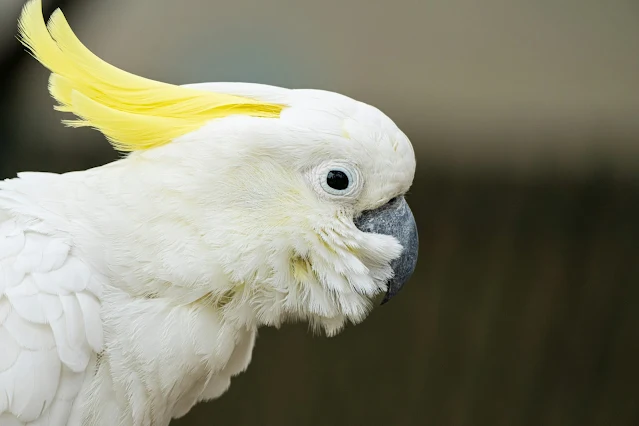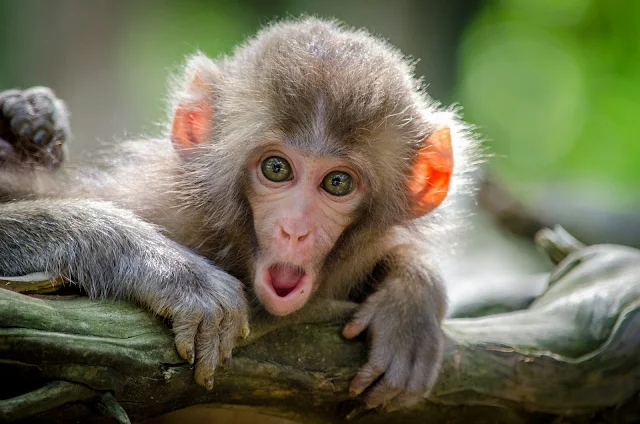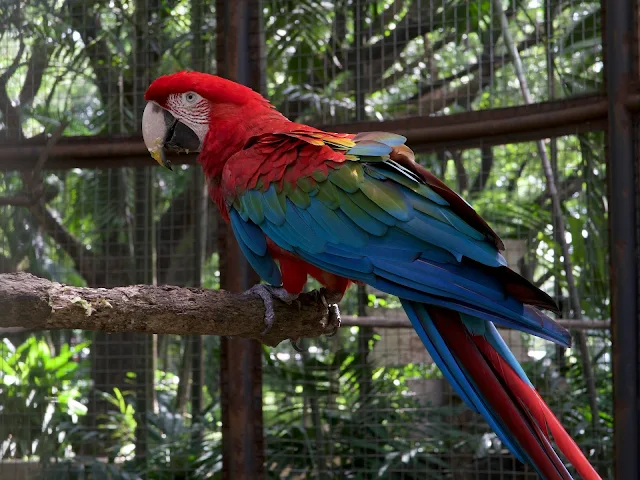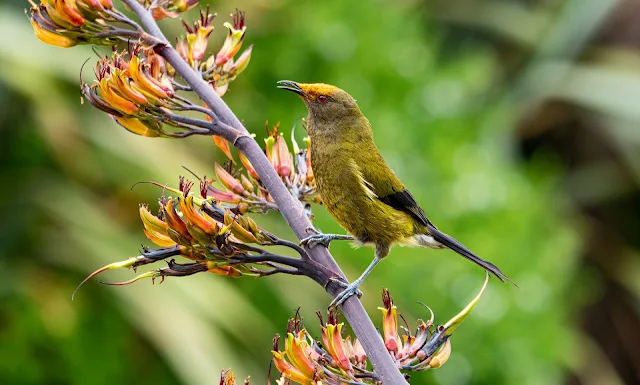Roar & Soar: The Ultimate Guide to the Loudest Creatures on Earth
Unveiling Nature's Symphony: Explore the Top 5 Loudest Birds, from the Sulphur-crested Cockatoo to the Screaming Piha!
Here is the list of the top 5 loudest birds on Planet Earth.
- Sulphur-crested Cockatoo:
Scientific name - Cacatua galerita
The Sulphur-crested Cockatoo , with its striking yellow crest and white plumage, stands out as one of the most iconic and vocal birds globally. Found predominantly in Australia and New Guinea, this majestic bird possesses a vocal prowess that rivals even the most boisterous of its avian counterparts. Its screeching calls, reaching approximately 120 dB, can be heard over vast distances, making it a dominant presence in its native habitats. These vocalizations serve various purposes, including communication within flocks, territorial defense, and courtship displays. Interestingly, the Sulphur-crested Cockatoo is known for its ability to mimic human speech and other sounds, further showcasing its remarkable vocal abilities and adaptability.
- Screaming Piha:
Scientific name - Lipaugus vociferans
Nestled amidst the dense rainforests of South America, the Screaming Piha earns its name with its piercing, high-pitched calls that can reach around 110 dB. Despite its relatively small size, this bird's vocalizations command attention and dominance in the vibrant avian chorus of the tropical jungle. The Screaming Piha's calls serve as territorial markers and communication signals within its social groups, contributing to the intricate ecosystem dynamics of its habitat. While primarily known for its vocal prowess, this species also plays a vital role in seed dispersal and maintaining the balance of its ecosystem through its feeding behaviors.
- Howler Monkey:
Scientific name - Alouatta
Although not a bird, the Howler Monkey deserves mention for its exceptional vocal abilities, with its deep, resonant roars reaching up to 140 dB. Found in the forests of Central and South America, the Howler Monkey's vocalizations reverberate through the landscape, serving as a powerful communication tool within its social groups. These vocalizations play a crucial role in establishing dominance, coordinating group movements, and signaling territorial boundaries. Despite their intimidating vocalizations, Howler Monkeys are primarily herbivorous, feeding on leaves, fruits, and nuts, and play a significant role in seed dispersal and forest regeneration.
- Kakapo:
Scientific name - Strigops habroptilus
Endemic to New Zealand, the Kakapo is a nocturnal, flightless parrot renowned for its booming calls, reaching approximately 132 dB. Despite its large size and gentle demeanor, the Kakapo's vocalizations serve as a powerful means of communication and courtship within its native habitats. Due to its nocturnal nature and elusive behavior, the Kakapo's calls are often heard echoing through the rugged terrain of New Zealand's wilderness under the cover of darkness. Unfortunately, the Kakapo is critically endangered, with conservation efforts focused on protecting and restoring its habitat, as well as breeding programs aimed at increasing its population size and genetic diversity.
- Bellbird:
Scientific name - Anthornis melanura
Native to New Zealand, the Bellbird stands out for its melodious, bell-like calls that resonate through the forests. While not as loud as some of its counterparts, the Bellbird's clear, chiming notes can still reach around 105 dB, contributing to the rich auditory landscape of its habitat. These vocalizations serve various purposes, including communication within social groups, territory defense, and courtship displays. Additionally, the Bellbird's vibrant plumage and energetic foraging behaviors add to its charm, making it a beloved icon of New Zealand's native bird life. Despite facing habitat loss and predation pressures, conservation efforts are underway to protect and preserve the Bellbird and its natural habitat for future generations to appreciate and enjoy.
Evolutionary Adaptations of Loud Birds:
1. Amplified Vocal Structures:
Loud birds have evolved specialized vocal structures, such as enlarged syrinxes and modified vocal cords, to produce loud and far-reaching calls. These adaptations allow them to communicate effectively over long distances in their often dense habitats.
2. Colorful Plumage and Displays:
Some loud bird species have evolved vibrant and conspicuous plumage, along with elaborate displays during courtship rituals. These visual signals complement their loud vocalizations, enhancing their chances of attracting mates and defending territories.
3. Selective Pressure from Predators and Competitors:
The need to communicate over long distances and assert dominance within their habitats has exerted selective pressure on loud birds, driving the evolution of increasingly loud and distinctive vocalizations to stand out amidst competition and potential predators.
Ecological Significance of Loud Birds:
1. Seed Dispersal:
Loud birds play a crucial role in seed dispersal by consuming fruits and then dispersing seeds over large distances through their movements and excretion. This process contributes to forest regeneration and the maintenance of plant diversity within ecosystems.
2. Territorial Defense:
The loud calls of birds serve as territorial markers, helping to define and defend territories against intruders. By vocalizing loudly, birds can deter competitors and maintain exclusive access to vital resources such as food, nesting sites, and mates.
3. Ecosystem Health Indicators:
Changes in the vocal behavior and abundance of loud bird species can serve as indicators of ecosystem health and integrity. Monitoring the populations and vocalizations of these birds can provide valuable insights into the overall condition of habitats and the effectiveness of conservation efforts.
4. Pollination Partnerships:
In addition to seed dispersal, some loud bird species also play a role in pollination by visiting flowers in search of nectar. Their visits to flowering plants help transfer pollen between individuals, facilitating reproduction and genetic diversity within plant populations.
5. Tourism and Ecotourism:
Loud birds can also have economic significance through birdwatching tourism and ecotourism. Their distinctive vocalizations and vibrant plumage attract birdwatchers and nature enthusiasts, providing economic opportunities for local communities and supporting conservation initiatives.
In summary, the world's loudest birds encompass a diverse range of species, each with its unique vocal abilities and ecological significance. From the majestic Sulphur-crested Cockatoo to the melodious Bellbird, these avian vocalists captivate enthusiasts worldwide and play vital roles in maintaining the balance of their respective ecosystems.










